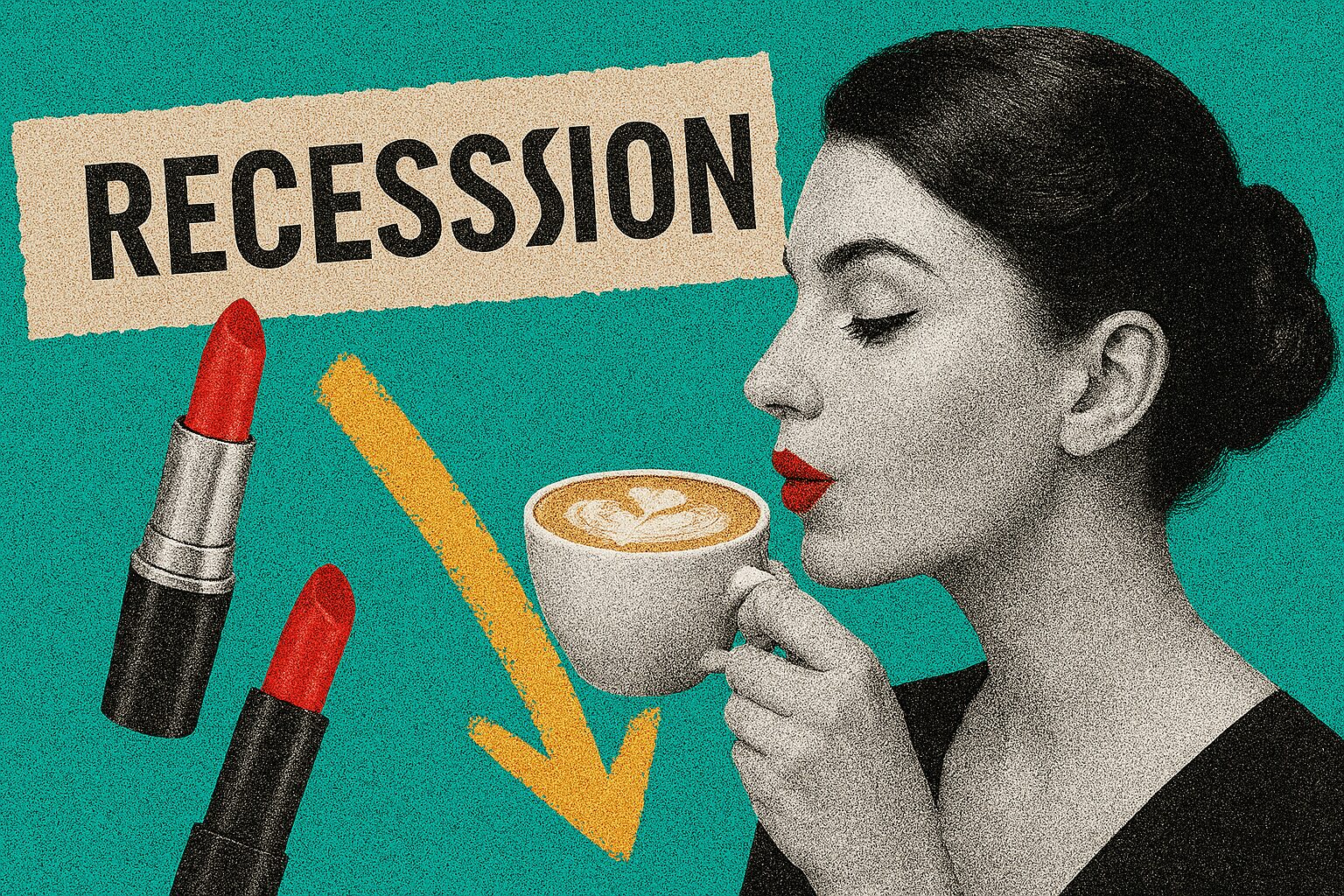Buy Low, Sell High: Can Markets Be Timed?

Actively managing money isn’t everyone’s forte. Professionals spend years learning the art, and even then most active money managers largely fail to beat the market. Investors have explored various ‘tricks’ and strategies to make a quick buck out of the market, but have more often than not, failed. One question that investment advisors get asked usually and specifically during market crises is “since markets are falling is it better to sell all my stocks now and re-invest when markets are about to pick up?”. In short, the investor wants to understand whether they can time the market, and successfully so. The way they want to do so is by ensuring that they sell just when the panic has set in and start buying again when conditions are about to improve.
That reminds me of a famous quote by a Nobel laureate…
“The average investor’s return is significantly lower than market indices due primarily to market timing.”
Daniel Kahneman
Working to answer this widely asked question by individuals, we decided to test this out in Indian market conditions, the results of which are presented below.
Methodology
We started by selecting the Nifty 500 index as the proxy for the broader market. The index represents the top 500 companies based on full market capitalization and covers 87% of the total market capitalization of companies listed on NSE.
We considered data for the index between 2nd January 1995 and 30th June 2020, this consists of 6652 trading days. Between these days the index has surged by 771.8% and returned 6.04% on an average every year (CAGR).
Now all markets will have days of exceptional gains and losses. On 18th May 2009, just as the global financial crisis was ending, the index closed up 459 points, gaining 16.2% in a single day! This has been the largest single-day gain for the index. On 23rd March 2020, on the first day of COVID related lock-down, the index closed down by 917 points, losing 12.81%. This is the biggest single-day loss for the index. Looks like if an investor had anticipated that the global financial crisis was ending or that lock-down would be imposed, he/she could have placed trades accordingly. However, hindsight is always 20/20, correct?
The best way to time the market would be to stay invested during all the days the market closes in the green and stay out on all the days the market closes in the red.
Let’s test this theory for a limited number of days – say 100 days.
Nifty 500 has traded for 6651 days between Jan 1995 and 30th June 2020 and returned a compounded annual growth rate (CAGR) of 6.04%. If we were to somehow not be invested in the market during the worst 100 days of returns, the returns of the index since 1995 would be 22.46% compounded annually. On the other hand, if we were to not be invested during the best 100 days of returns, an investor will end up with just ₹8.4 for every ₹100 invested in Nifty 500 in 1995. If we were to be able to avoid both the best and the worst 100 days the returns would improve from cagr 6.04% to cagr 8%.
| Invested on all 6,651 trading days | Not invested on the best 100 days | Not-invested on the worst 100 days | Not invested in the best or worst 100 days | |
| Nifty500 (CAGR) | 6.04% | -6.49% | 22.46% | 8.00% |
| Difference (from being invested on all days) | – | -12.52% | 16.43% | 1.96% |
“There are only two types of people when it comes to market timing: (1) People who cannot do it , (2) People who have not realized that they cannot do it.”Terry Smith, founder of Fundsmith
Let’s suppose we attempt to improve our earnings to a modest 8%, by avoiding both the best and the worst 100 days. The biggest impediment to that is the clustering of the best and worst trading days.
As can be seen from the chart below, the best and worst trading are clustered together. We have quite a few good and bad days between 1998 and 2000 as well as between 2007 and 2009. In fact, just 6 years, 1998 – 2000 and 2007 – 2009 account for 66 of the 100 best days. This time frame also saw 60 of the worst trading days in the history of the Nifty 500 index.
More recently just 2 months – March and April 2020 saw 5 of the 100 best days and 6 of the 100 worst days.

Conventional wisdom would suggest that most of the time, the majority of the best days will occur during the bull phase and most of the worst days would occur during the bear phase of the market.

The above table confirms that theory, 61% of all the worst trading days occurred during the bear phase of the market. However, it is interesting to note that 54% of the best trading days also occurred during the bear phase of the market.

The above table shows that the bull phases were a lot less volatile and had significantly less number of best and worst days, in spite of lasting more than the bear phase.
What does all this boil down to?
Investors instinctively understand “buying low and selling high”. However, even with the best tools at one’s disposal, it is not possible to consistently foretell stock market trends. While big market moves do come in clusters, their return behaviour is quite erratic and difficult to predict. Hence the only way to make money consistently with equities is to spend time in the market rather than timing the market.
Disclaimer: Investment in securities market are subject to market risks. Read all the related documents carefully before investing. Registration granted by SEBI, membership of a SEBI recognized supervisory body (if any) and certification from NISM in no way guarantee performance of the intermediary or provide any assurance of returns to investors.
The content in these posts/articles is for informational and educational purposes only and should not be construed as professional financial advice and nor to be construed as an offer to buy /sell or the solicitation of an offer to buy/sell any security or financial products.Users must make their own investment decisions based on their specific investment objective and financial position and using such independent advisors as they believe necessary.
Windmill Capital TeamWindmill Capital Private Limited is a SEBI registered research analyst (Regn. No. INH200007645) based in Bengaluru at No 51 Le Parc Richmonde, Richmond Road, Shanthala Nagar, Bangalore, Karnataka – 560025 creating Thematic & Quantamental curated stock/ETF portfolios. Data analysis is the heart and soul behind our portfolio construction & with 50+ offerings, we have something for everyone. CIN of the company is U74999KA2020PTC132398. For more information and disclosures, visit our disclosures page here.





